Xiaomi is ending January in style: it has just presented 4 new mid-range phones for the 2022 season. The new devices are a sequel to what was presented in China several weeks ago, the Redmi Note 11 . There are 4 smartphones that arrive very precisely located in the mid-range to cover all types of users, tastes and budgets. Xiaomi has not wanted to break down the series little by little: all the terminals have been presented at the same time. Will these Xiaomi Redmi Note 11 be worth it ?
Xiaomi Redmi Note 11, the base model with 90 Hz and Qualcomm
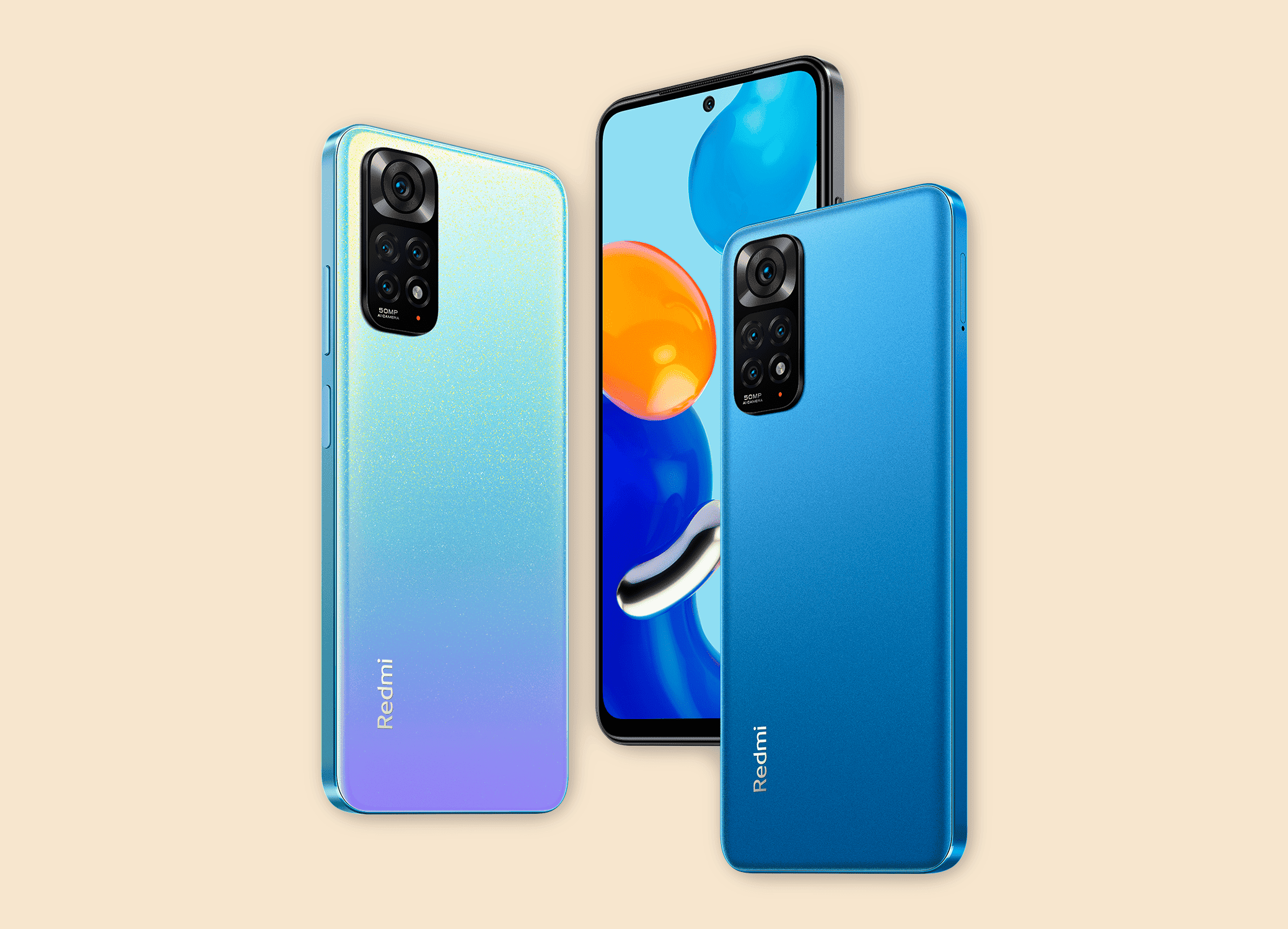
The Xiaomi Redmi Note 11 arrives as the base model of the quartet. It is a device with a design known to all and that is committed to flat frames. It has a hole in the screen , a large camera module and a plastic back.
Its specifications, to be the most modest of the series, are not bad at all. It offers AMOLED panel, advanced refresh rate, 50 MP camera and 33W fast charge . Here’s the full official feature list!
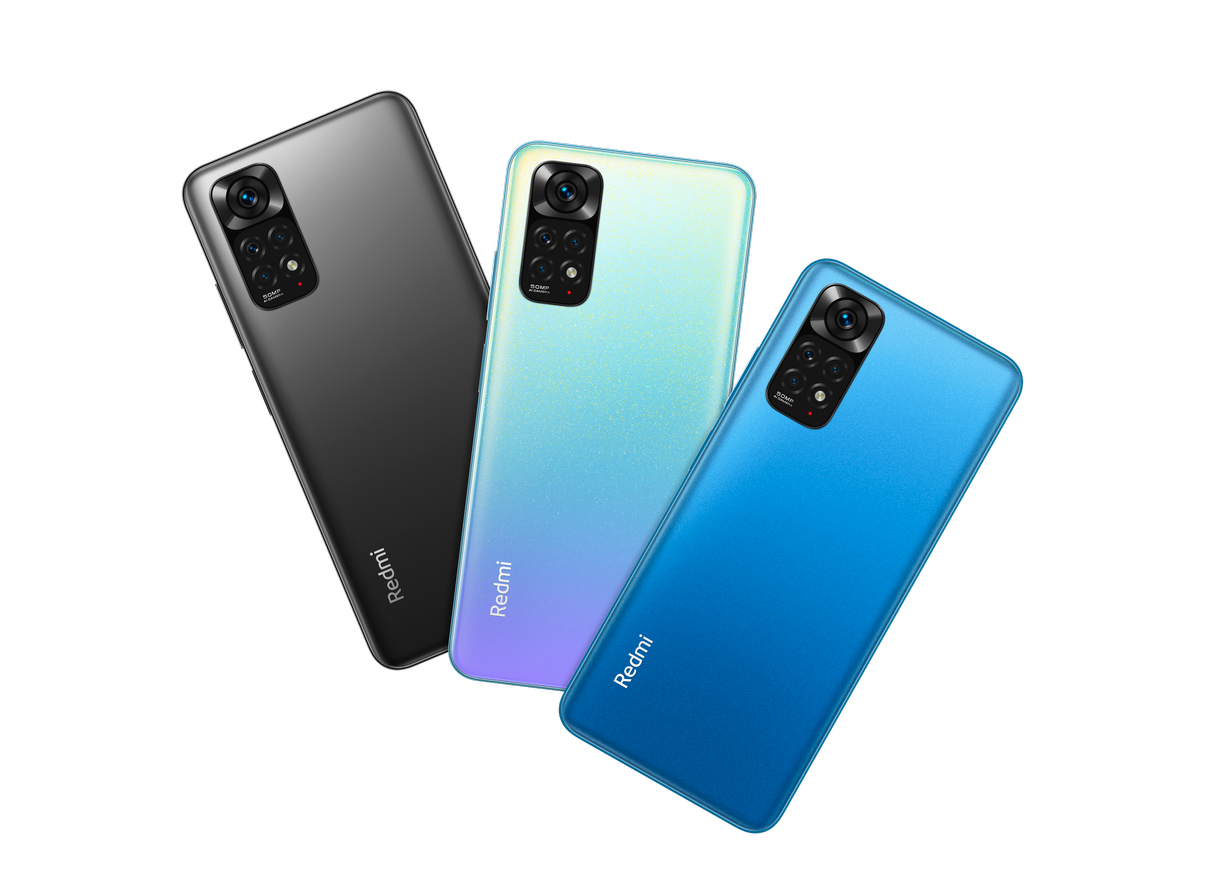
- 6.43-inch screen:
- AMOLED
- FullHD+
- 90 Hz image refresh rate
- 180 Hz touch refresh rate
- Gorilla Glass 3
- Qualcomm Snapdragon 680 processor
- 4 or 6 GB of RAM
- 64 or 128 GB of storage
- Quad rear camera:
- 50 MP main – f/1.8
- 8 MP wide-angle sensor – f / 2.2
- 2MP macro sensor – f/2.4
- 2 MP depth sensor – f/2.4
- 13 MP front camera – f/2.4
- plastic body
- WiFi, NFC, Bluetooth and 4G LTE
- Fingerprint sensor and 3.5 mm jack
- IP53 certification
- 5,000mAh battery
- 33W fast charge
- Weight: 179 grams
- Android 11 and MIUI 13
It is consolidated as the entry device to Xiaomi’s mid-range for 2022 . At the moment we do not know its price or when it can be purchased.
Xiaomi Redmi Note 11S, one step ahead in camera and performance
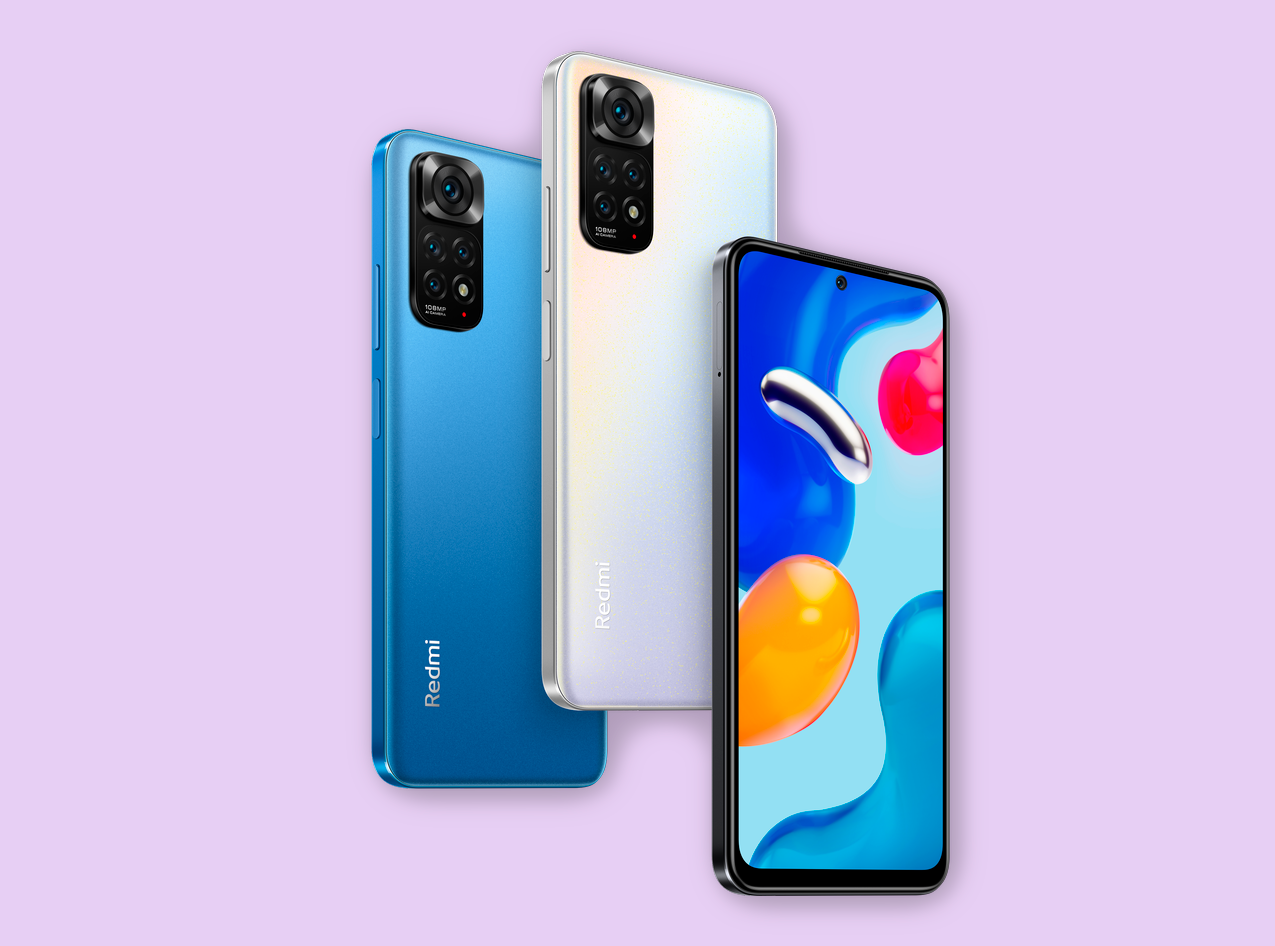
The Redmi Note 11S has been launched as a device slightly above the Redmi Note 11. It is on a higher level thanks to its rear camera and the processor it includes. The rest of the components are practically the same as what we see in the Redmi Note 11.
They even share the same design, camera module, screen hole, panel size and battery. The only design change is in the colors available for this Note 11S. Its price, as expected, will probably also rise in level between 50 and 70 euros / dollars.
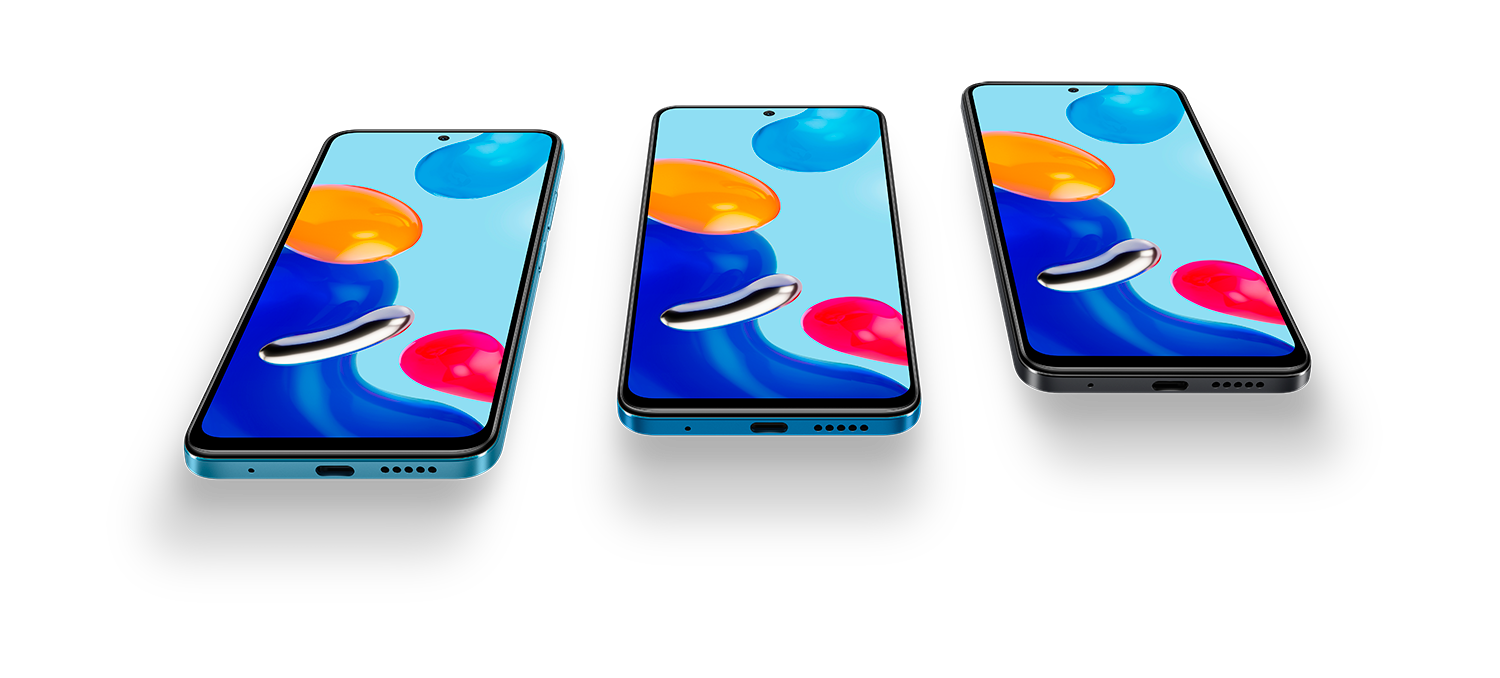
- 6.43-inch screen:
- AMOLED
- FullHD+
- 90 Hz image refresh rate
- 180 Hz touch refresh rate
- Gorilla Glass 3
- MediaTek Helio G96 processor
- 6 or 8 GB of RAM
- 64 or 128 GB of storage
- Quad rear camera:
- 108MP Main – Samsung HM2
- 8 MP wide-angle sensor – f / 2.2
- 2MP macro sensor – f/2.4
- 2 MP depth sensor – f/2.4
- 16 MP front camera – f/2.4
- plastic body
- WiFi, NFC, Bluetooth and 4G LTE
- Fingerprint sensor and 3.5 mm jack
- IP53 certification
- 5,000mAh battery
- 33W fast charge
- Weight: 179 grams
- Android 11 and MIUI 13
We are facing a device that will be the option for the user who requires a little more performance and a superior camera section . It is difficult to talk about recommendations without knowing the prices, but everything indicates that the base model could be a better option for the general market.
Xiaomi Redmi Note 11 Pro, another step forward on the screen and fast charging

Going up a step we find the Redmi Note 11 Pro model . Here there are more changes in design, size, screen and fast loading. Of course, it continues to share many important details with the Redmi Note 11S .
It is a perfect model for users who are serious about the quality of the screen, need a slightly larger model and need an extra in fast charging . The polishing of the frames gives the device a more premium touch, although Xiaomi does not specify what material it is.
- 6.67-inch screen:
- AMOLED
- FullHD+
- 120 Hz image refresh rate
- 360 Hz touch refresh rate
- Gorilla Glass 5
- MediaTek Helio G96 processor
- 6 or 8 GB of RAM
- 64 or 128 GB of internal storage
- Quad rear camera:
- 108MP Main – Samsung HM2
- 8 MP wide-angle sensor – f / 2.2
- 2MP macro sensor – f/2.4
- 2 MP depth sensor – f/2.4
- 16 MP front camera – f/2.4
- plastic body
- WiFi, NFC, Bluetooth and 4G LTE
- Fingerprint sensor and 3.5 mm jack
- IP53 certification
- 5,000mAh battery
- 67W fast charge
- Weight: 202 grams
- Android 11 and MIUI 13
This model offers a significant jump in screen quality and a more advanced fast charge . It has the same camera, the same processor and the same RAM as the previous model, so you will have to know its price to know if it is worth paying the extra for the 67W, 120 Hz and extra screen size.
Xiaomi Redmi Note 11 Pro 5G, support for 5G networks with Qualcomm
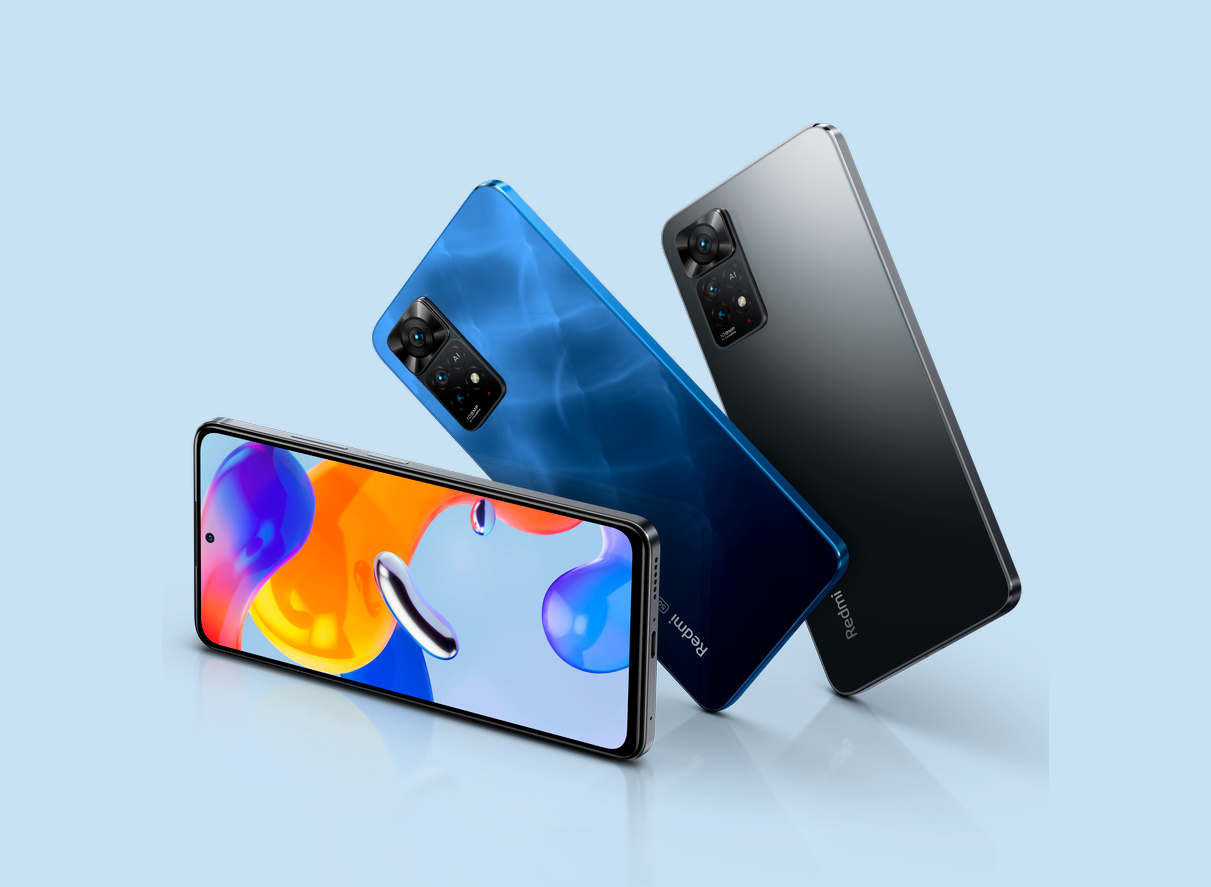
Xiaomi has had a hard time letting go of the 4G LTE networks until reaching this model. The last member of the list, and the most advanced, offers a very similar design and hardware that differs only in the choice of processor compared to the Redmi Note 11 Pro .
Xiaomi could have saved the previous model, since the only differences are found in the processor and the possibility of connecting to its 5G networks . Same screen, same RAM, same camera, same Hz, same battery and same fast charge.
- 6.67-inch screen:
- AMOLED
- FullHD+
- 120 Hz image refresh rate
- 360 Hz touch refresh rate
- Gorilla Glass 5
- Qualcomm Snapdragon 695 processor
- 6 or 8 GB of RAM
- 64 or 128 GB of internal storage
- Quad rear camera:
- 108MP Main – Samsung HM2
- 8 MP wide-angle sensor – f / 2.2
- 2MP macro sensor – f/2.4
- 2 MP depth sensor – f/2.4
- 16 MP front camera – f/2.4
- plastic body
- WiFi, NFC, Bluetooth and 4G networks
- Fingerprint sensor and 3.5 mm jack
- IP53 certification
- 5,000mAh battery
- 67W fast charge
- Weight: 202 grams
- Android 11 and MIUI 13
Again, we don’t know the price difference between the Pro and Pro 5G models , so we can’t talk about recommendations until this data is public. What is clear is that Xiaomi could have condensed these 4 models into just 2.
Android 11 in 2022
Another peculiarity that we did not like about these devices is that they come with Android 11 , an operating system presented almost a year and a half ago. Android 12 has been official for many months and the company has not been able to install it on its mobiles by 2022.
Why this move? Let’s say that Xiaomi usually promises 2 years of updates : now you only need to update to Android 12 in a few weeks and Android 13 in a year or so. With this he will fulfill his promise.
If the terminals are launched with Android 12, the company should be upgrading to Android 14 to comply with the 2 years. If the Redmi Note 11 do not see Android 14, Xiaomi will excuse itself in that they have already received 2 years of Android updates. The reality is that no, because Android 12, at this point in the film, cannot be considered a future update, but rather an obligation. In short, users are getting one less update than they should.
Beyond this prank in bad taste, the terminals seem interesting and, most likely, they will be well received by users. Which Xiaomi Redmi Note 11 do you stay with?
